What is Hilum?
The hilum is a scar on the seed coat, marking the place where the seed was attached to the ovary tissue (via the funiculus). It is controlling the relationships between the external environment and the embryo.
The permeability of the seeds depends on different factors, one of which is the cutin in the hilum region. The hilum is also a potential path for an invasion of pathogens in the seeds.
In the final stages of seeds’ formation, the water content in the seed is controlled by the hilum. It opens in low humidity and closes in high humidity (10% humidity of the seed weight), preventing water absorption. This function of the hilum explains the higher longevity of harder seeds.
The hilum becomes dark in color in physiologically mature seeds and is used as an indicator of the maturity of the seeds.
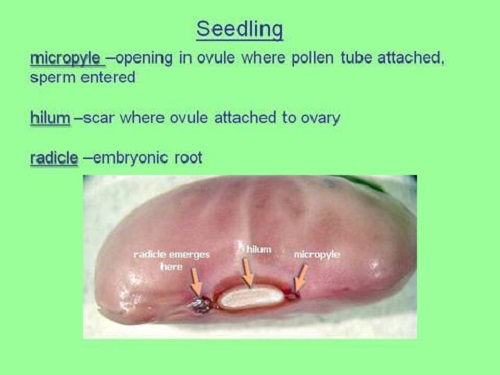
What is Micropyle?
The micropyle is a pore in the seed coat of the nucellus. During the fertilization the pollen tube is passing through the micropyle. When the seed starts to germinate, the water enters the seed through the micropyle. The micropyle is also a potential path for an invasion of pathogens in the seeds.
Sometimes the micropyle is naturally closed by a waxy “lid”. This “lid” regulates pathogen susceptibility and water absorption in the seed. Plants with such “lid” have lower infections, compared to those with open micropyle.
Similarities Between Hilum and Micropyle
The hilum and the micropyle are characteristic markers, located at the seed coat of the seed plants.
They are both suggested as a path of water imbibeition. Their relevance to the absorption of water and other seed properties varies in the different species. They are also recognized as routes for the invasion of pathogens in the seeds.
Difference Between Hilum and Micropyle
1. Definition
Hilum: Hilum is a scar on the seed coat, marking the place where the seed was attached to the ovary tissue (via the funiculus).
Micropyle: Micropyle is a pore in the seed coat of the nucellus. During the fertilization the pollen tube is passing through the micropyle.
2. Water content control
Hilum: The hilum controls the water content in the final stages of seeds’ formation.
Micropyle: When the seed starts to germinate, the water enters the seed through the micropyle.
3. Permeability control
Hilum: Тhe hilum controls permeability via the cutin and the ability to shut and open, depending on the conditions.
Micropyle: In some species waxy “lid” regulates the water absorption.
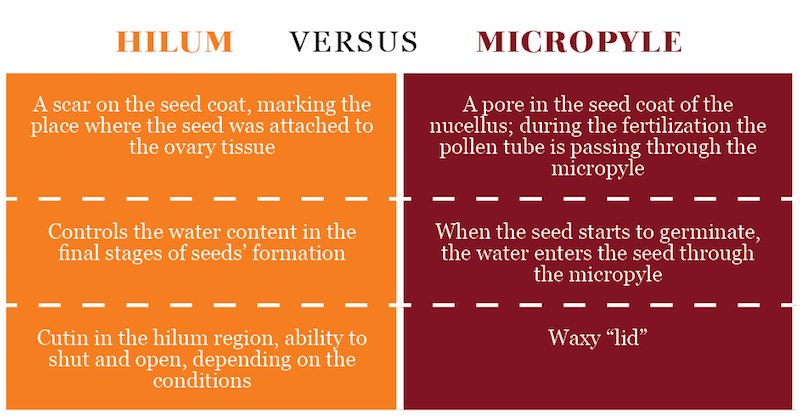
Summary:
- The hilum and the micropyle are characteristic markers, located at the seed coat of the seed plants. They participate in the process of water absorption and are recognized as routes for the invasion of pathogens in the seeds.
- The hilum is a scar on the seed coat, marking the place where the seed was attached to the ovary tissue (via the funiculus).
- The micropyle is a pore in the seed coat of the nucellus. During the fertilization the pollen tube is passing through the micropyle.
- The hilum controls the water content in the final stages of seeds’ formation. When the seed starts to germinate, the water enters the seed through the micropyle.
- The hilum controls seed’s permeability with the cutin in the hilum region and the ability to shut and open, depending on the conditions. In some species, the micropyle has a waxy “lid”, which regulates the water absorption.
Author: Dr. Mariam Bozhilova
Dr. Mariam Bozhilova has a Master’s degree in Ecology and PhD in Botany. Her main professional interests are in the fields of ecology, biology and chemistry. She has more than 10 years of professional experience in scientific research and environmental consultancy.



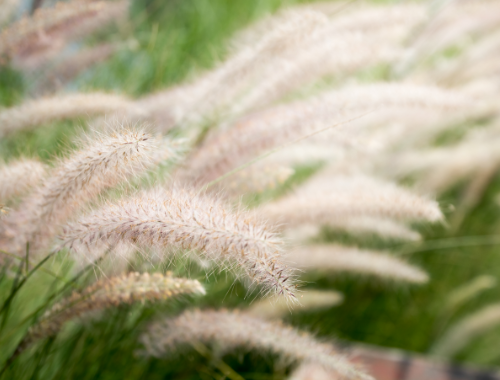
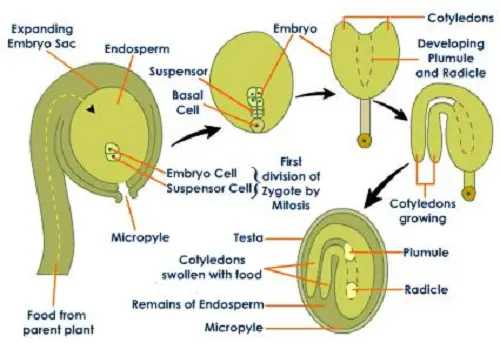
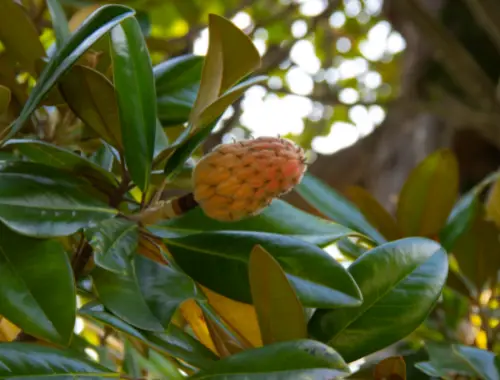
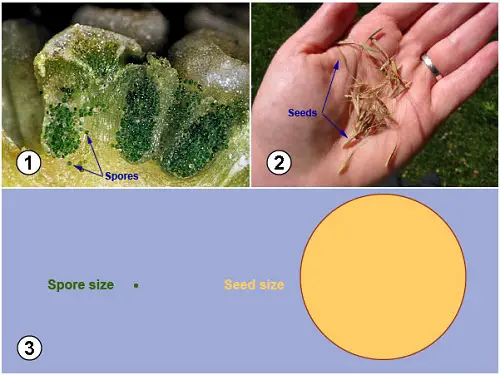





Leave a Reply